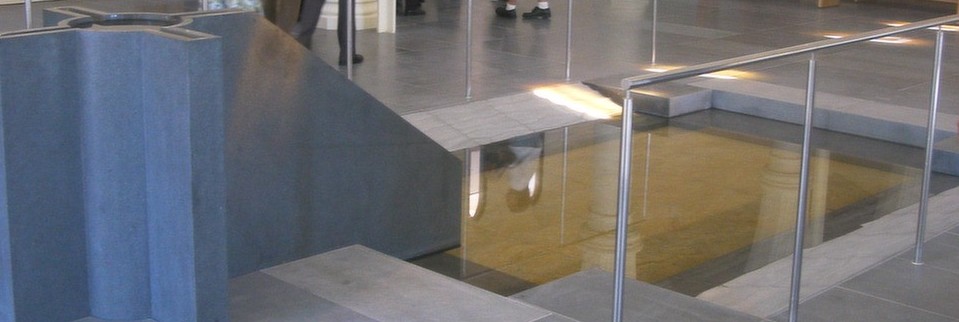The Sacraments of Initiation
National Liturgical Council

The Church has always welcomed new members and has celebrated their initiation into the faith community with rites that we speak of today as the Sacraments of Initiation. But the way in which those sacraments were celebrated and our understanding of them has varied through the centuries.
In recent times, with the reforms of Vatican II, we have seen a renewal of the Church’s sacramental theology and practice. This renewal was seen as necessary in order to retrieve insights and concepts that had been lost or obscured. It was, so to speak, an effort to ‘get back to our roots’.
Initiation in the Early Church
Where the Sacraments of Initiation are concerned, one of the most significant changes that took place was the introduction of the Rite of Christian Initiation of Adults and the restoration of the Catechumenate. In doing this, the Church recalled a time when initiation into the faith community was celebrated after a lengthy and fairly rigorous period of preparation.
The celebration itself took place at Easter; with the community gathered and their bishop presiding, all participating in the initiation of the catechumens.
The ceremony was a rich one with several ritual actions that included immersion in water, anointing with oil, laying on of hands and finally admission to the Eucharistic table. The action of the Holy Spirit in these ritual actions was understood as ‘mystery’ and what we would now call ‘sacraments’ were indeed known then as ‘mysteries’.
Separated Sacraments - A Change of Focus
Much changed with the passage of time and with developments in the structure of the Church and in society at large. The initiation ceremony with its several ritual actions became fractured and, as theology and terminology developed, the separate sacraments of Baptism, Confirmation and Eucharist came to be spoken of (along with several other sacraments).
Over time, the connectedness of Baptism, Confirmation and Eucharist was lost and each sacrament developed a theology of its own. The emphasis on Initiation became gradually veiled and almost obscured by the pressing need to deal with Original Sin, the focus on becoming Soldiers of Christ and visions of children dressed as angels on their First Communion Day.
Restoring Unity & Focus
By the time of Vatican II, many theologians and others had come to see that the foci and emphases surrounding these sacraments had become unbalanced.
Using insights retrieved from the early centuries, the reformers of Vatican II set about to restore and renew the Church’s understanding of the sacraments. Emphasis was given to the unity that exists between Baptism, Confirmation and Eucharist, and Initiation became once again the focus of these three sacraments. Indeed, they are now spoken of as the Sacraments of Initiation. Many of the current documents of the Church use this term:
† Catechism of the Catholic Church, (art.1212) proclaims; ‘The sacraments of Christian Initiation – Baptism, Confirmation, and the Eucharist – lay the foundations of every Christian life’.
† In the General Introduction to Christian Initiation, we find; ‘Thus, the three sacraments of Christian Initiation closely combine to bring us, the faithful of Christ, to his full stature and to enable us to carry out the mission of the entire people of God in the Church and in the world’.
† The Code of Canon Law, (canon 842 §2) states; ‘The sacraments of Baptism, Confirmation and the Blessed Eucharist so complement one another that all three are required for full Christian Initiation’.
Each of these documents gives emphasis to the unity of these three sacraments and their role in incorporating people into the life and mission of the Church.
This article was originally published in ‘Sacraments of Initiation’. © Diocese of Parramatta. 2002, 2007. Reprinted with permission.
